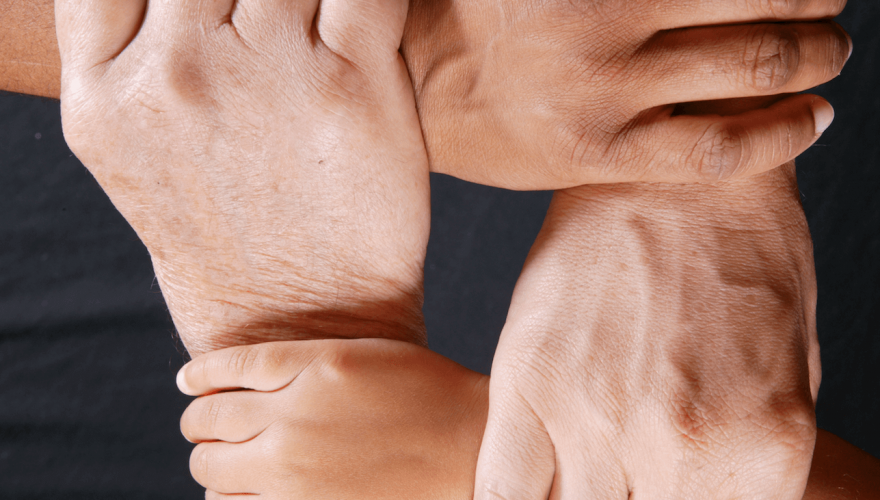
What is fasciatherapy?
Fasciatherapy is a manual technique whose field of application is the fascia. Developed in the 1980s by osteopathic professor Danis Bois, the approach consists of applying gentle and subtle, yet deep, manoeuvres to the body with the aim of eliminating adhesions and areas of tension that can cause the fascia to retract or lose mobility.
A few words about fascia
The fascia is a membrane of innervated and vascularised connective tissue. It forms a three-dimensional matrix in the body that envelops and connects different structures (e.g. muscles, organs, bones, arteries, nerve tissue).
Normally, fascia provides a space for movement between tissues or organs. However, as a result of trauma or tension in certain areas of the body, the fascia tends to shrink and lose mobility, contributing to pain and loss of flexibility in these areas.
What are the benefits of fasciatherapy
Because it acts on all anatomical layers, from the most superficial to the deepest, and directly on the fascia, fascia therapy promotes the return of balance and movement to the various structures of the body. Here are some of the benefits associated with the technique:
- Pain relief
- Improved mobility
- Improved flexibility
But fasciatherapy has more than just physical benefits. Like other massage therapy techniques, it focuses on the whole person. Obviously, it targets the tensions and adhesions in the fascia, but it also considers the emotional and psychological aspects of these physiological imbalances. In this context, it will be interesting to note that, thanks to the massage therapist’s benevolent touch, the technique also leads to an overall well-being in the client.
Fasciatherapy can be beneficial in the presence of several health conditions*, for example
- Musculoskeletal disorders
- Injury due to postural problems or repetitive movements
- Sports injury (e.g., sprain, rotator cuff pathology, etc.)
- Headaches
*Fasciatherapy is a complementary approach that can offer many health benefits. However, the technique is not intended to replace medical treatment.
Contraindications of fasciatherapy
As with other massage therapy techniques, fasciatherapy is associated with certain contraindications. For example, it should be avoided if the client has any of the following conditions*:
- Thrombosis
- Phlebitis
- Fever
- Hernia
It should be noted that the massage therapist always collects information from the client before beginning the treatment. This information will be used, among other things, to identify any contraindications to the massage. In doing so, the therapist can direct the client to the appropriate medical resource or adjust the treatment accordingly to ensure safety.
Course of the session
A fasciatherapy treatment generally takes place in the massage therapist’s office, on a massage table. The manoeuvres are applied directly to the skin, without massage oil.
The massage therapist will begin the session by gathering information. To do this, they will have the client fill out a health questionnaire in order to identify any contraindications to fasciatherapy treatment.
Using gentle and subtle manoeuvres, the massage therapist will invite the client to sit on the massage table. The therapist will identify adhesions, areas of tension and tissue density, as well as any lack of flexibility in the fascia. Light pressure will then be applied locally to these areas or to the periphery in order to encourage the fascia and structures to return to balance and movement.
A session usually lasts between 30 and 60 minutes depending on the reason for the consultation and the needs of the client. More than one session may be required.
Notes
Although a session may be devoted exclusively to fasciatherapy, it is also possible to integrate the technique with other approaches as part of a massage therapy treatment (e.g. Swedish massage, sports massage, etc.).






